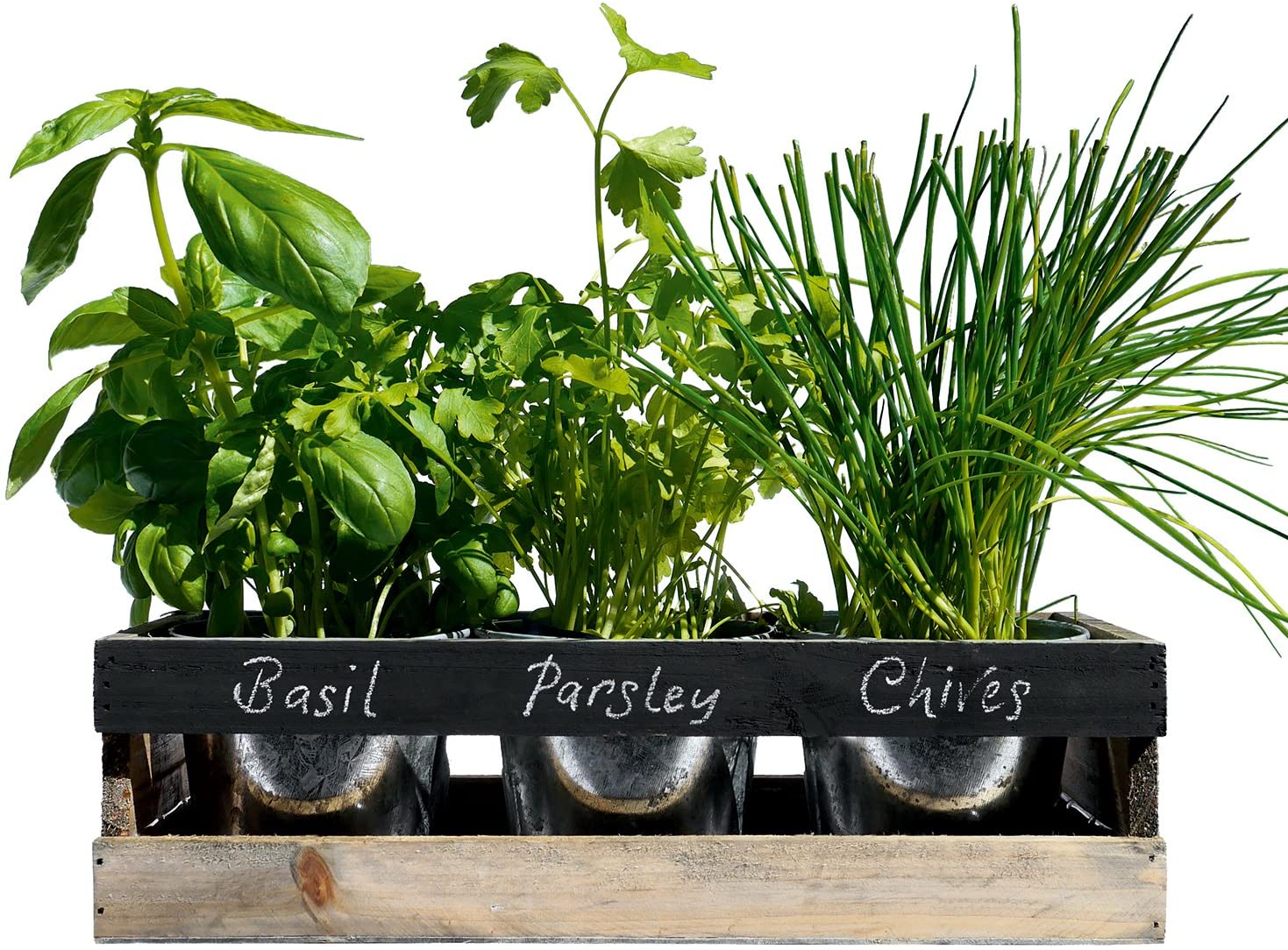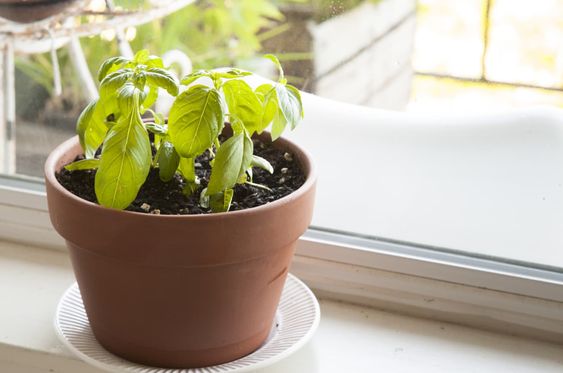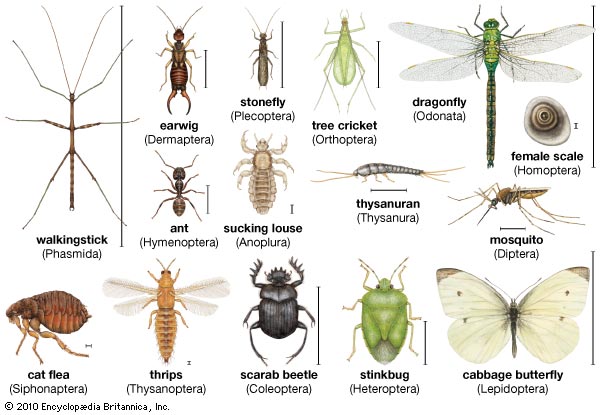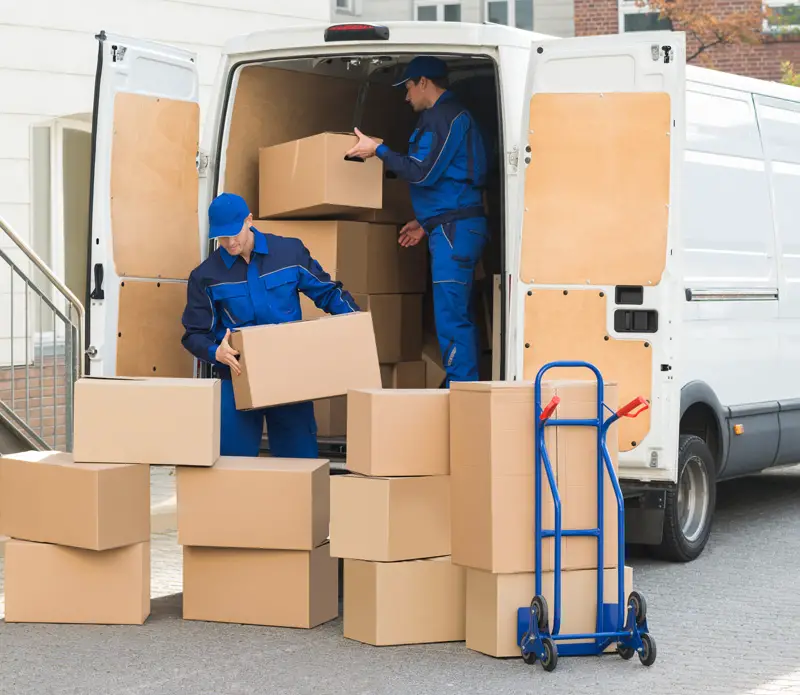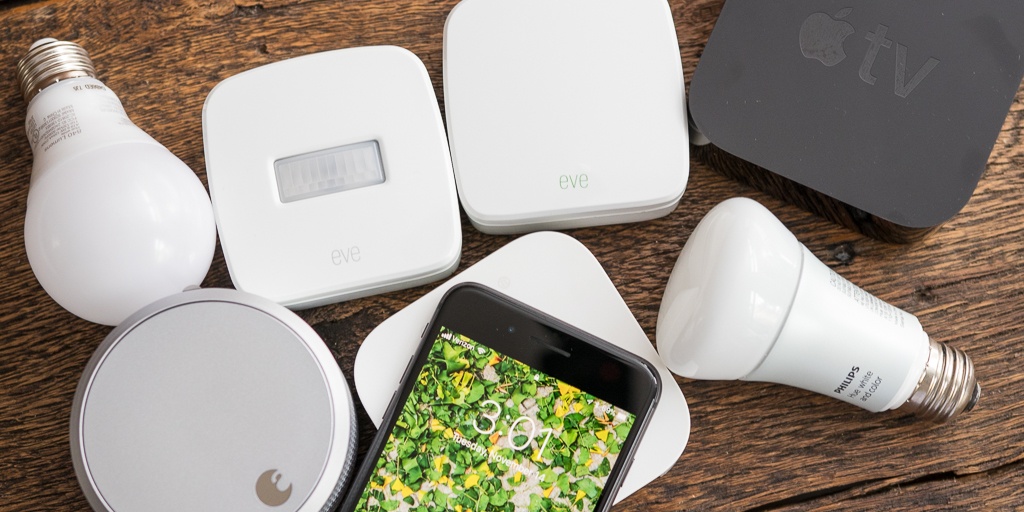If you are a cooking enthusiast with a sophisticated palette, you know that fresh herbs can bring the flavor and aroma to a dish. An excellent way of ensuring you always have fresh herbs is by growing them in your garden. Even if you don’t have a yard, you don’t need to worry because this article will detail five simple steps that can help you create an indoor herb garden.
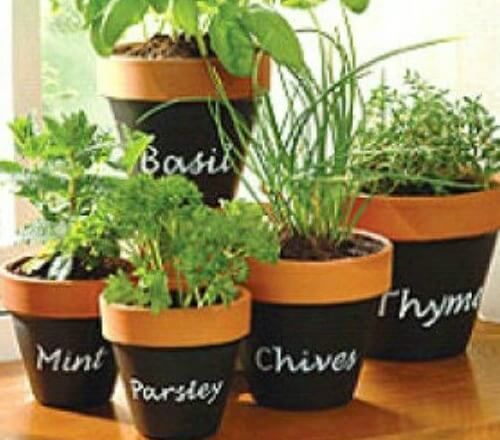
Step -1 Select Pots To Grow Herbs In
Growing herbs in containers mean having the fresh taste of homegrown herbs throughout the year. This is because the growing season can be enhanced by moving the plants indoors in winter months. Not only that, but growing herbs in containers are comfortable and can give your kitchen or balcony a great aesthetic boost as well.
The material of your container may vary; clay, wood, resin, glass, and metal are all suitable options. But the most important thing is that containers should provide sufficient drainage. Any pot or planter you use should let the excess water escape, which is why bottoms of planting containers have holes. Canning jars are pretty to look at and are the perfect choice for growing herbs. In the absence of proper drainage, the roots of your herbs will rot easily.
Choose a container that matches exactly the size of the herbs you will grow. If you pick something large, your plants will spend too much energy growing their roots. At the same time, a cramped planter will make your grasses become pot-bound, causing them to lose nutrition, stress them, or even kill them.
Step -2 Choose The Herbs
Herbs are easy to grow and they have a delicious taste. If you are growing herbs for the first time, start simple. Parsley, mint, oregano, and basil are the leading options for pot-growing. Some examples of herb varieties and their characteristics are given below.
Basil is the most popular herb because it is so delicious and versatile. Plant the seeds in a potting compost on a sunny windowsill from March onwards. When the plants are 15cm high, remove the growing tip for bushier growth. Plant out in the garden when the weather is warmer. Basil favors both sunny and sheltered spots.
Mint
Mint can grow from seed but it is a little difficult to take care of it in the initial stages so you need to be very careful with it. You should plant mint in pots to control the roots as it can spread easily. Place mint in full sun or partial shade. Pinch out any flower buds to stimulate more leaf growth.
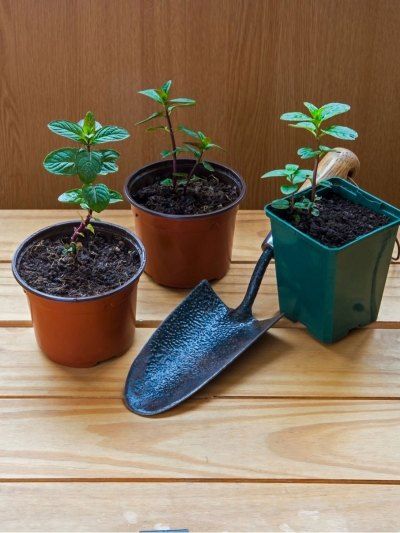
Oregano
Oregano plants can survive in warm and sunny spots. The most important thing is that sow the seeds in spring when the soil has warmed up.
Parsley
Chefs prefer flat-leaved parsley over curly since it has more flavor. Growth conditions for parsley are moisture, well-drained soil, and partially shaded areas.
Thyme
The best things about this herb are that it has heavily-scented leaves and prefers less water. Thyme basically requires full exposure to sunlight and well-drained soil.
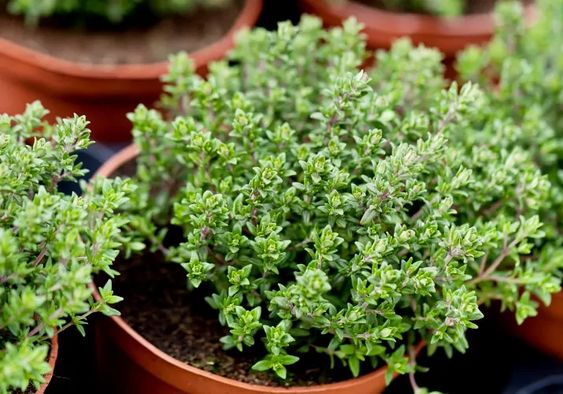
Coriander
Coriander is a versatile ingredient used in many recipes. It grows well in the ground or containers. The seeds can take weeks to germinate, and the plants are quite short-lived. For a continuous supply, sow a few seeds every couple of weeks.
It usually “bolts” under stress, which means that it germinates flowers and seeds instead of delicious leaves. To get the best results, keep this herb fairly well watered. It should also be harvested regularly.
Step -3 Get The Right Soil
Once you have gone through the list of herbs you want to add to your herb garden, you need to move on to gathering the other supplies. The main thing you need to pay attention to is the type of soil.
Using potting soil will ensure that the herbs grow healthy. This is because potting soil is light and porous and drains water more effectively.
Step -4 Buy Starter Plants
After careful selection of containers and soil, you will be faced with another question; should you use seeds or starter plants? If you don’t know what starter plants are, they are small saplings of a plant that have already gone through the first few weeks of growth.
They are easier to look after as the hardest part of the process is already taken care of. If you are a beginner, use starter plants for your herbs. This will save two to three weeks of growth and also increases the chances of a successful harvest.
Step -5 Care and harvesting
Even with the best starter plant in the world’s greatest container, you could have a failed crop if you don’t care for it properly. Gardening takes constant effort and hard work along with the right knowledge. Whichever herbs you decide to grow, you should do thorough research on how much to water them and when. You’ll need to harvest them often, too, as this promotes further growth.
Conclusion
Growing one’s own herbs is a gratifying and fun experience. This can be done either by growing the desired herbs in outdoor spaces or indoor pots. Both offer tremendous flexibility and a chance to spend your life in a more healthful way.
